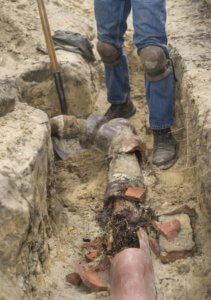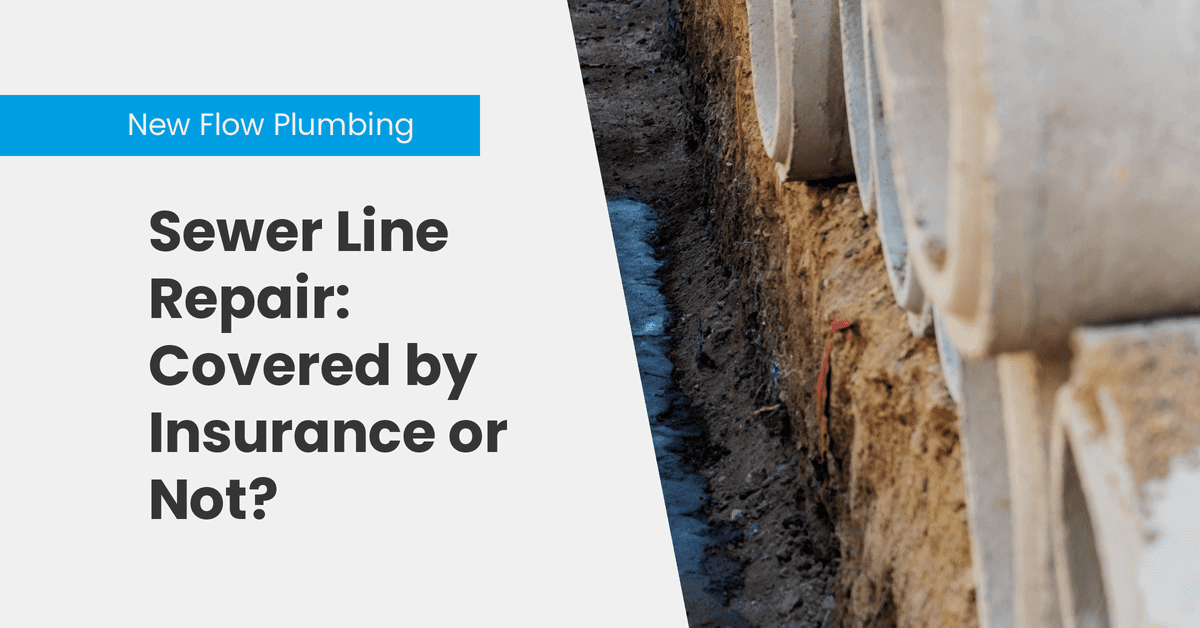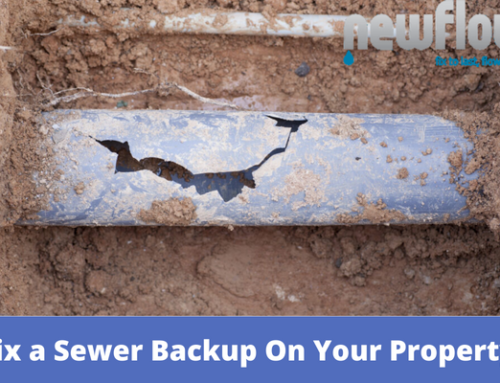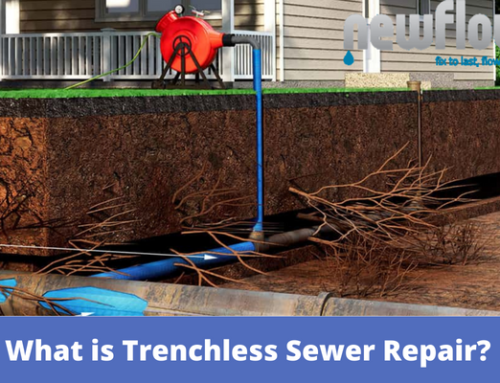Sewer Line Repair: Covered by Insurance or Not?
When does your home insurance cover your sewer line?
When is sewer line repair covered by insurance? Home insurance will only cover certain damage to your sewer line. Sewer backups are typically never covered by home insurance, being a separate policy. It depends on the location of the damage and how the sewage line was broken. Anything on your property, including sewer lines running underneath, is considered an “other structure” of your home, meaning it typically provides the same protections as your home proper.
Risks that are covered by standard home insurance are:
Fire and lightning
Wind and hail
Theft and vandalism
Vehicular damage (unless caused by the policyholder)
Aircraft damage
Riot or civil disturbance
Volcanic eruption

How do you know if your insurance covers sewer line repair?
Note: Make sure to call your provider and check your current policy before assuming you are covered.
Read more about – Signs of Broken Underground Drainpipes
How much is your sewer line covered under home insurance?
If you are covered, often standard home insurance policies limit coverage for “other structures” to 10% of what your home is insured for. Check your individual policy to make sure the cost is covered if you need to replace your sewer line. The typical replacement cost for a sewer line is around $3,000 to $4,000.
When is sewer line repair not covered by insurance?
Damage from natural disasters such as flood, earthquake, and hurricanes are not covered by standard home insurance. Flood insurance is usually purchased separately. Sewer backups are typically never covered by home insurance, being a separate policy. There are some instances where a claim can be denied. You should avoid flushing anything that is not toilet paper or waste.
Do not pour any grease or oil down your drains, they can cause massive clogs when they solidify in your pipes. If you have a sump pump in your basement, ensure that it’s working properly. Remove trees or shrubs where they can invade your lines (make sure it’s okay with your city before you remove them). Take care of your sewer line so that you don’t need to even deal with the insurance companies. Have your plumbing inspected regularly, perhaps with a CCTV sewer camera inspection.
What else is usually not covered?
Clogs due to poor upkeep
Faulty construction
Preventable error
Root invasions
Wear-and-tear over time
Make sure you catch sewer line problems before they occur by noticing the telltale signs.
Odors that smell like sewage.
Slow draining and clogging in your pipes.
Mold growing on your walls or floors.
Extra green grass and increased growth.
Cracks in your foundation.
Rodent infestation (rats and mice).
Insect infestation (cockroaches, palmetto bugs, and flies.)

Make sure you catch sewer line problems before they get worse.
Should you get “sewer line insurance”?
Also called water backup or sewer backup coverage, it usually isn’t included in most standard homeowners policies. However, most major insurance carriers offer coverage as a rider to home policies. Sewer line insurance helps cover line issues excluded from home insurance. A sewer line policy can cover;
Finding the block or collapse in the line
Replacement or repair of the sewer line
Damaged seal and joint repair or replacement
Pipe cutting, fusing, and welding
Excavation and backfill costs
Homeowner insurance doesn’t usually cover these, so sewer line insurance is a good fallback. It’s good to have if you have a clog or backup in your sewer line. If a tree root clogs or breaks your sewer line, sewer line insurance would pay to repair the drain. Insurance agencies differentiate burst water pipe coverage and sewer backup coverage. So it is important to make sure you have sewer backup coverage.

What happens when your pipes fall apart? Does your insurance cover you?
How much does sewer line insurance cover?
A sewer line insurance policy will often cover up to $5,000 yearly in approved sewer line damages. The coverage protects the sewer line between the water meter or your property line and your home. They often carry a $0 deductible. Make sure when looking for a sewer line insurance provider, they are a licensed insurance company. Some even provide maintenance agreements for your sewer line. Policies are often affordable and are necessary to avoid paying major out-of-pocket expenses.
Houses built before the 1970s tend to have cast iron sewer lines along with other older, less common materials. These materials are reaching the end of their life-use and will need to be replaced soon. It’s better to get ahead of the curve before a leak or break occurs, costing you thousands of more dollars. The damage could ruin your entire home!

How much does sewer line insurance cost?





